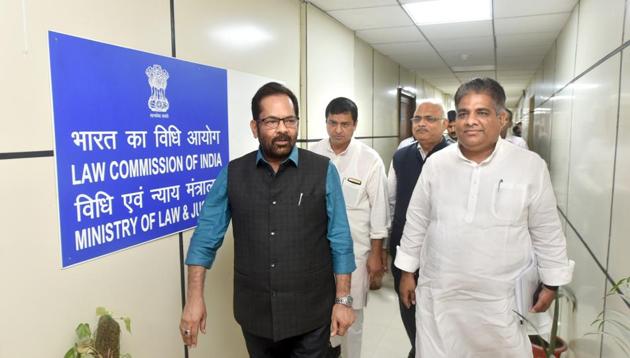What happened when simultaneous elections were last held in India?
The Bharatiya Janata Party (BJP) is pressing to bring back the practice of holding simultaneous elections: Indians voting for all state governments at the same time as they vote for the Union government.
On four occasions, India has held simultaneous elections, in full or in part. The results for those indicate two things. One, a dominant party at the Centre can carry momentum to states, but it’s not easy to maintain it for a long period. Two, given individual state dynamics, it’s not easy for India to persist with simultaneous elections.

The Bharatiya Janata Party (BJP) is pressing to bring back the practice of holding simultaneous elections: Indians voting for all state governments at the same time as they vote for the Union government. The BJP says this will translate into lower spending on elections and greater stability in policymaking. The counter view is that election spending is not high given India’s overall budget and disruptions in policymaking are brief, and simultaneous elections disregard individual state dynamics.
India started its journey with simultaneous elections in 1951. But, as states were formed or reorganised, or assemblies were dissolved before their scheduled terms, that practice started being challenged. Still, simultaneous elections were held in 76% of states in 1957, and 67% of states in both 1962 and 1967 (Graph 1). By 1972, however, the simultaneous election cycle stood disrupted: voting for not a single state was held with that for the national elections.

So, how did India vote in the elections in these four years, both at the Centre and at the states, and what can one read from then for now?
One needs to be cautious while extrapolating as the political contexts of the two periods are very different and there are numerous dynamics involved. Yet, there’s one thing that is common: momentum.
The Congress, which won the national elections on all four occasions, went into the 1951 elections riding on the goodwill of being the architects of India’s independence. But as the years wore on, that goodwill eroded.
Similarly, today, the BJP has momentum on its side, and is in charge of 18 states, including most large ones. To put this in context, the last time a political party or alliance was in these many states was in 1993, led by the Congress.
These four graphs trace how India voted in those first four elections, when there were full or partial simultaneous elections held. In the first three elections, in states that saw simultaneous elections, the Congress had a near-perfect winning record at both the Lok Sabha and Vidhan Sabha levels. But not in 1967, when simultaneous elections were held in 18 of the 27 states: it failed to win four states at the Lok Sabha level and five at the Vidhan Sabha levels (Graph 2).

Over these four elections, its margin of victory, as represented by seat share, kept reducing. And it fell more at the Vidhan Sabha level than at the Lok Sabha level (Graph 2 and Graph 3).

Overall, two points can be made. One, a dominant position at the Centre may translate into corresponding gains at the state level. Two, every state has its own power dynamics, and maintaining tenures that are symmetrical to that of the Centre, without resorting to President’s Rule repeatedly and for long periods of time, will be a challenge.
(howindialives.com is a database and search engine for public data )






